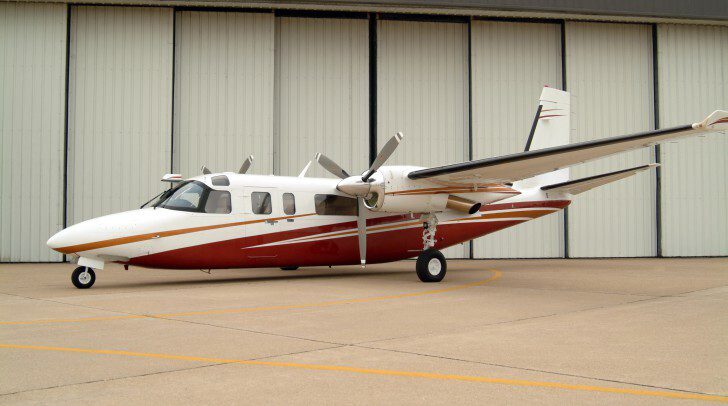By Dale Barnard

Greetings, “Twin Commanders”:
At the most recent Twin Commander University, I promised to continue to provide fleet statistics on eight mainstream twin turboprops, including the Twin Commander. We reviewed the first quarter stats at TCU; below is the second quarter report. I’m also tracking four mainstream single-engine turboprops.
| Aircraft | Produced | Active | US Reg | Intl. Reg | Accidents | Fatals |
|---|---|---|---|---|---|---|
| TWIN TURBOPROPS | ||||||
| Avanti | 231 | 225 | 111 | 114 | 6 | 0 |
| Cheyenne | 1021 | 763 | 396 | 367 | 1 | 1 |
| Conquest | 598 | 516 | 346 | 170 | 2 | 0 |
| King Air 90 | 2663 | 2188 | 1207 | 981 | 15 | 4 |
| K/A 100-350 | 3804 | 3483 | 1861 | 1622 | 8 | 1 |
| Merlin | 410 | 240 | 131 | 109 | 7 | 0 |
| MU-2 | 714 | 342 | 247 | l 95 | 4 | 1 |
| Twin Comdr | 902 | 720 | 302 | 418 | 2 | 1 |
| SINGLE-ENGINE TURBOPROPS | ||||||
| Caravan | 1848 | 1728 | 593 | 1135 | 9 | 2 |
| Meridian | 519 | 502 | 401 | 101 | 8 | 2 |
| Pilatus PC-12 | 1202 | 1183 | 745 | 438 | 2 | 2 |
| Socata TBM | 658 | 631 | 480 | 151 | 10 | 2 |
The criteria include: total production to date, the active fleet, and registration – U.S. and international. The analysis included accidents and incidents that occurred in the United States and were reported to the National Transportation Safety Board from 2010 through mid-June 2013.
These are raw numbers and do not attempt to show that one type of aircraft is less or more likely to be involved in an accident. Some of the incidents reported were surprisingly minor: a wingtip damaged during taxi, slight damage after one wheel left a taxiway. It should be noted that many such minor incidents are not reported.
A few observations, based on the data:
- The Twin Commander fleet remains stable with 720 active aircraft worldwide.
- We are seeing a slow migration of Twin Commanders from U.S. to international registry, a trend that has been building in recent years and is not limited to Twin Commanders.
- This migration from U.S. to international registry also is occurring with Cheyenne and King Air 90 series fleets.
- Avanti aircraft are in a state of flux and production numbers may have plateaued at 231.
- Both the Cheyenne and the MU-2 have experienced a reduction in active fleets due to de-registry.
Single-Engine Fleets
Single-engine fleet statistics show a different animal altogether. While we aren’t making statistically valid comparisons of each type, the NTSB accidents vary greatly. Further skewing the statistics are a much larger fleet and a heavier commercial component, with Caravans and Pilatus aircraft in contrast to the Meridian or TBM fleets. That said, we will continue to watch these stats in upcoming quarters to identify trends.
Why Fleet Reports?
These statistics are important because they validate the commitment of every part of the Twin Commander program to keeping the fleet well-maintained and in the air. This includes Twin Commander, LLC, Twin Commander University, Twin Commander Service Center Symposium, the service centers, the supplier network and most importantly, YOU, the Twin Commander owner or operator. This commitment pays off with insurance issues as well. When Twin Commander Insurance Program underwriters see fleet consistency, they see fleet stability, thanks to a robust worldwide support network. This gives the program the longevity to remain competitive.
Watch for next quarter’s Turbo Prop Fleet Report update, but in the meantime, feel free to contact me with any questions or comments. Fly safe, Commanders!
